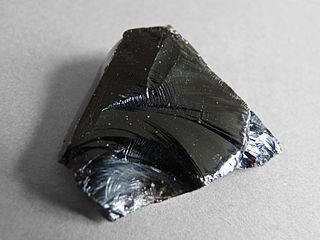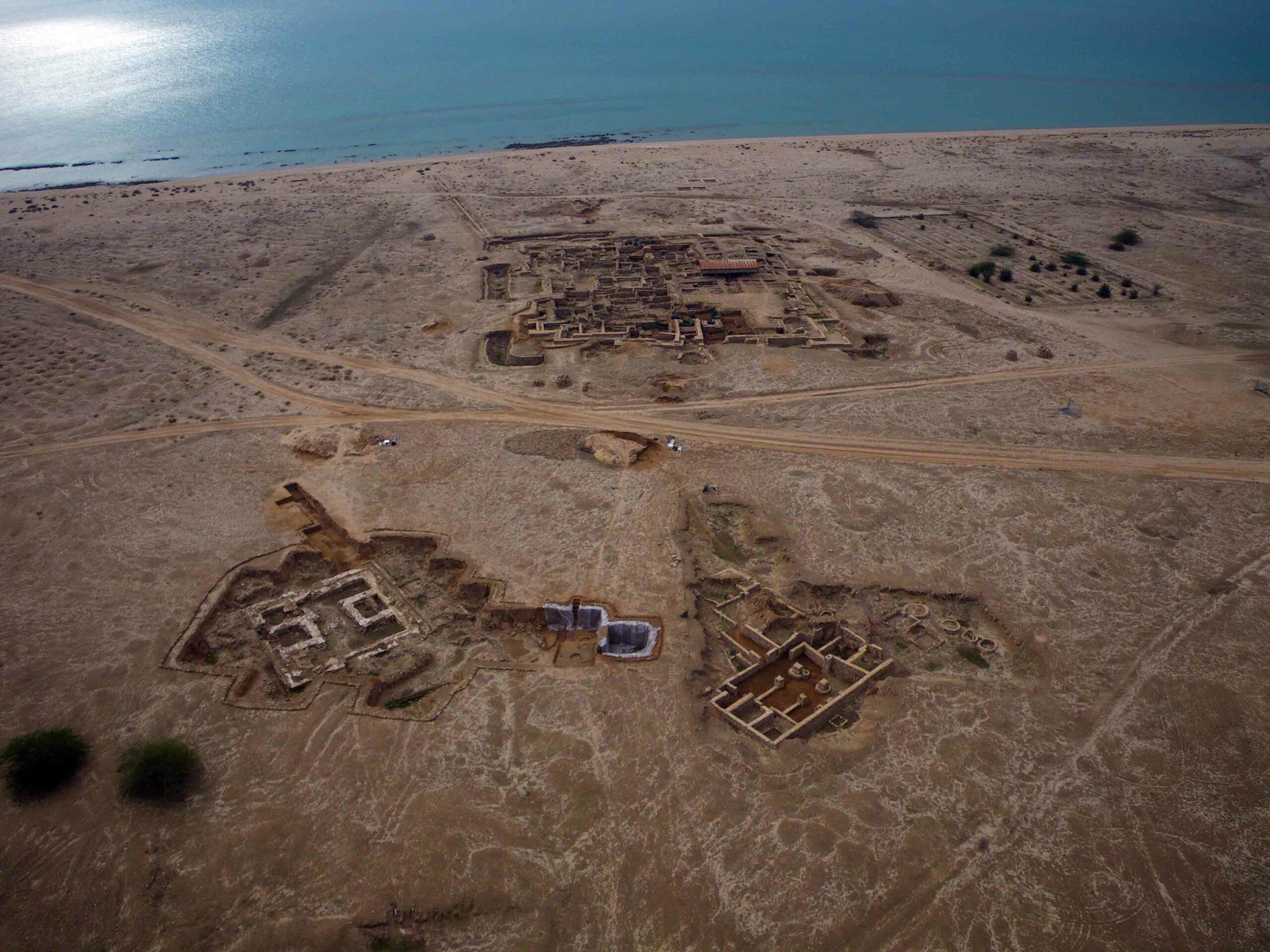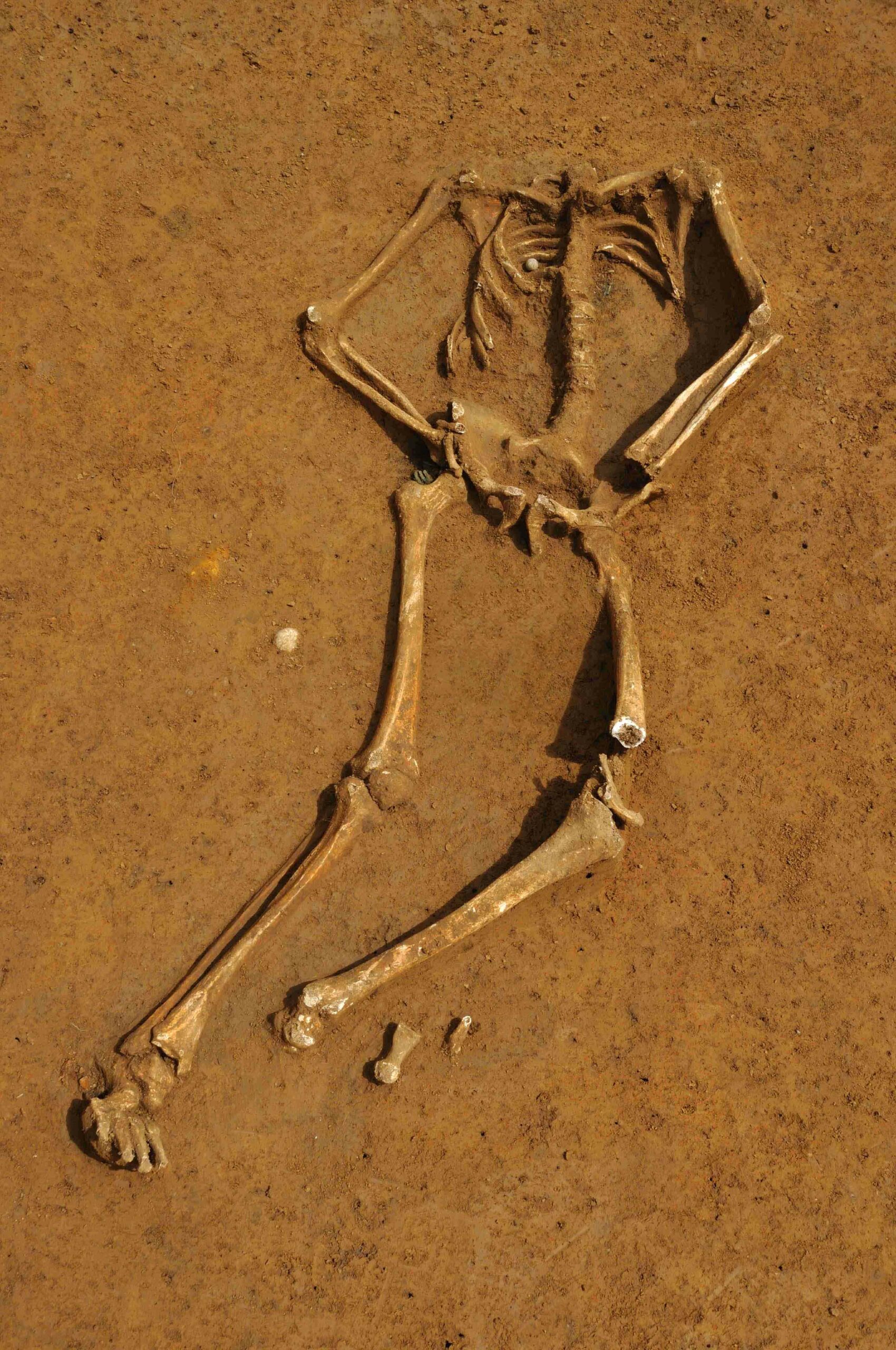
SHEFFIELD, ENGLAND—While at the University of Sheffield from 1965 to 1972, Professor Lord Colin Renfrew created a technique to match the chemical composition of obsidian tools with the chemical composition of particular volcanoes and their lava flows. Now, Ellery Frahm of the University of Sheffield has refined that process using additional magnetic analyses so that archaeologists can trace the origins of obsidian tools to a particular volcanic quarry. “This approach provides a deeper insight into our understanding of past human behavior and will hopefully enhance research into how different groups managed natural resources linked to their economies,” he explained.










